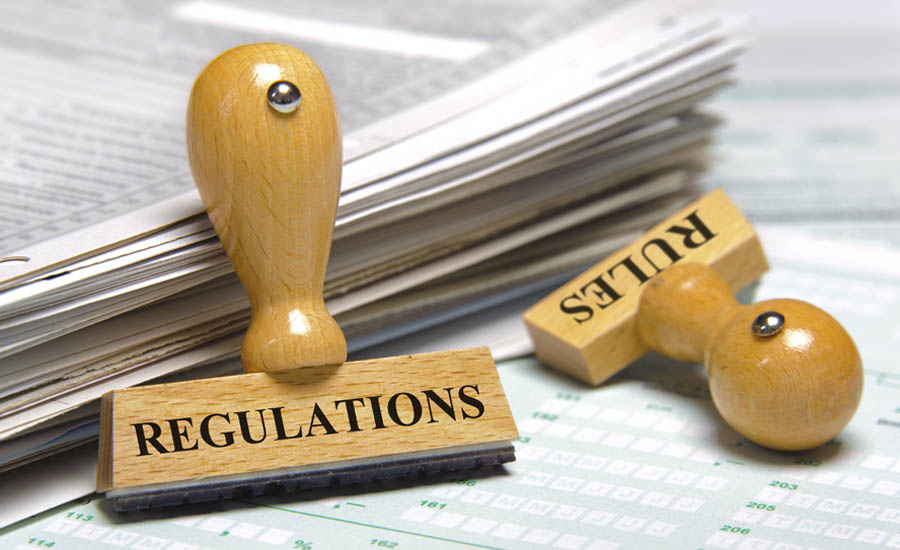The EPA has issued a final rule to limit exposure to formaldehyde, a carcinogen that is used as an adhesive in a wide range of wood products, such as some furniture, flooring, cabinets, bookcases and building materials including plywood and wood panels. Exposure to formaldehyde can cause adverse health effects including eye, nose and throat irritation, other respiratory symptoms and cancer. This is the first time the federal government has regulated formaldehyde.
The rule will require manufacturers to comply with new testing and certification requirements that are consistent with California requirements for composite wood products.
Leveling the playing field
Jim Jones, EPA’s assistant administrator for the Office of Chemical Safety and Pollution Prevention, said the measure will “level the playing field” for domestic manufacturers who are already complying with the California standard and ensure that imported products do not contain dangerous formaldehyde vapors.
The Formaldehyde Emission Standards for Composite Wood Products Act of 2010 established emission standards for formaldehyde from composite wood products and directed EPA to finalize a rule on implementing and enforcing a number of provisions covering composite wood products.
However, that process was delayed by resistance from the furniture industry and other manufacturing representatives, who said a number of EPA proposals would be burdensome and costly.
Under the rule:
Once the rule goes into effect next year, composite wood products that are sold, supplied, offered for sale, manufactured, or imported in the United States will need to be labeled as TSCA Title VI compliant. These products include: hardwood plywood, medium-density fiberboard, particleboard as well as household and other finished goods containing these products.
EPA is also setting testing requirements to ensure that products comply with those standards, establishing eligibility requirements for third-party certifiers, and establishing eligibility requirements for accreditation bodies to be recognized by EPA that will accredit the third-party certifiers. The new rule includes certain exemptions for products made with ultra-low formaldehyde or no-added formaldehyde resins and new requirements for product labeling, recordkeeping, and enforcement provisions.
For more information visit: https://www.epa.gov/formaldehyde/formaldehyde-emission-standards-composite-wood-products-0

